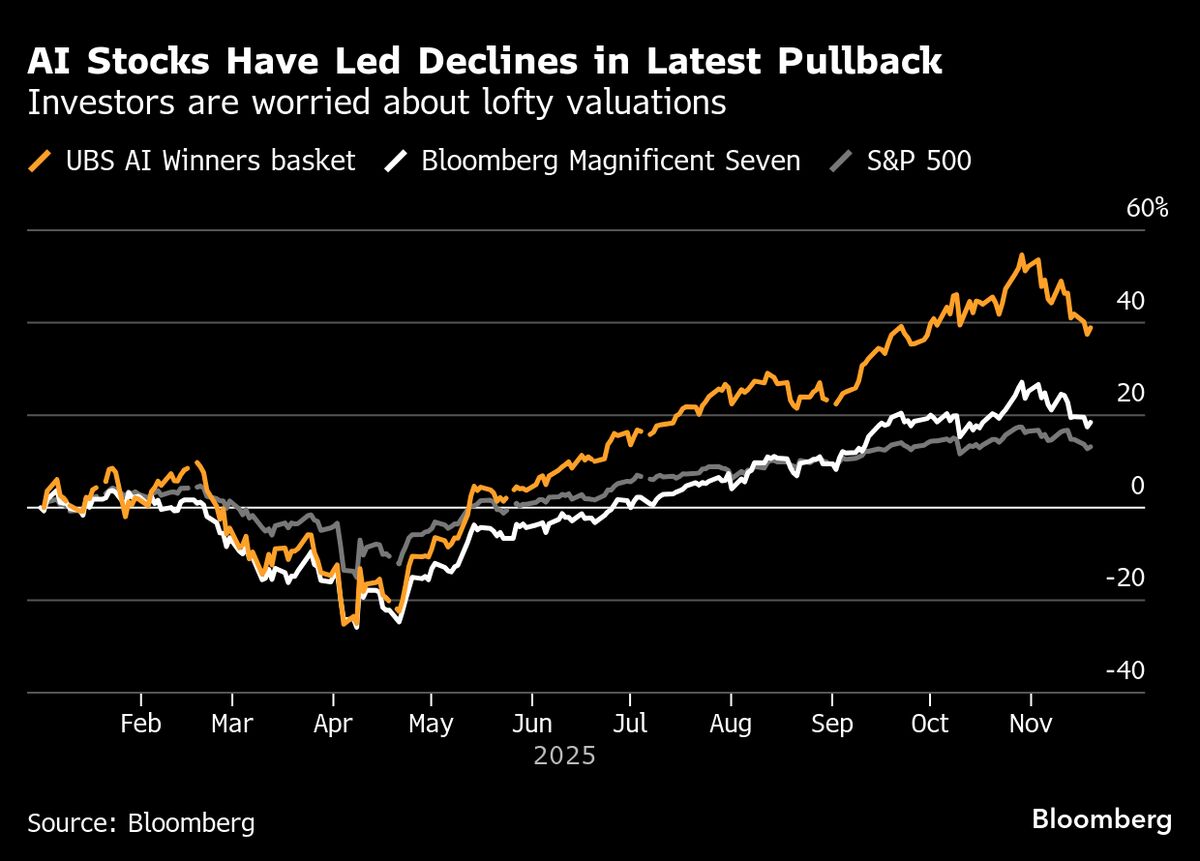HistoLens: An Interactive XAI Toolkit for Verifying and Mitigating Flaws in Vision-Language Models for Histopathology
PositiveArtificial Intelligence
HistoLens is an innovative toolkit designed to enhance transparency in artificial intelligence for histopathology. By allowing pathologists to interact with AI in plain English, it transforms the way medical professionals can verify and understand AI reasoning. This is crucial because trust in AI systems is essential for their adoption in healthcare, and HistoLens aims to bridge the gap between complex AI processes and user comprehension.
— via World Pulse Now AI Editorial System


